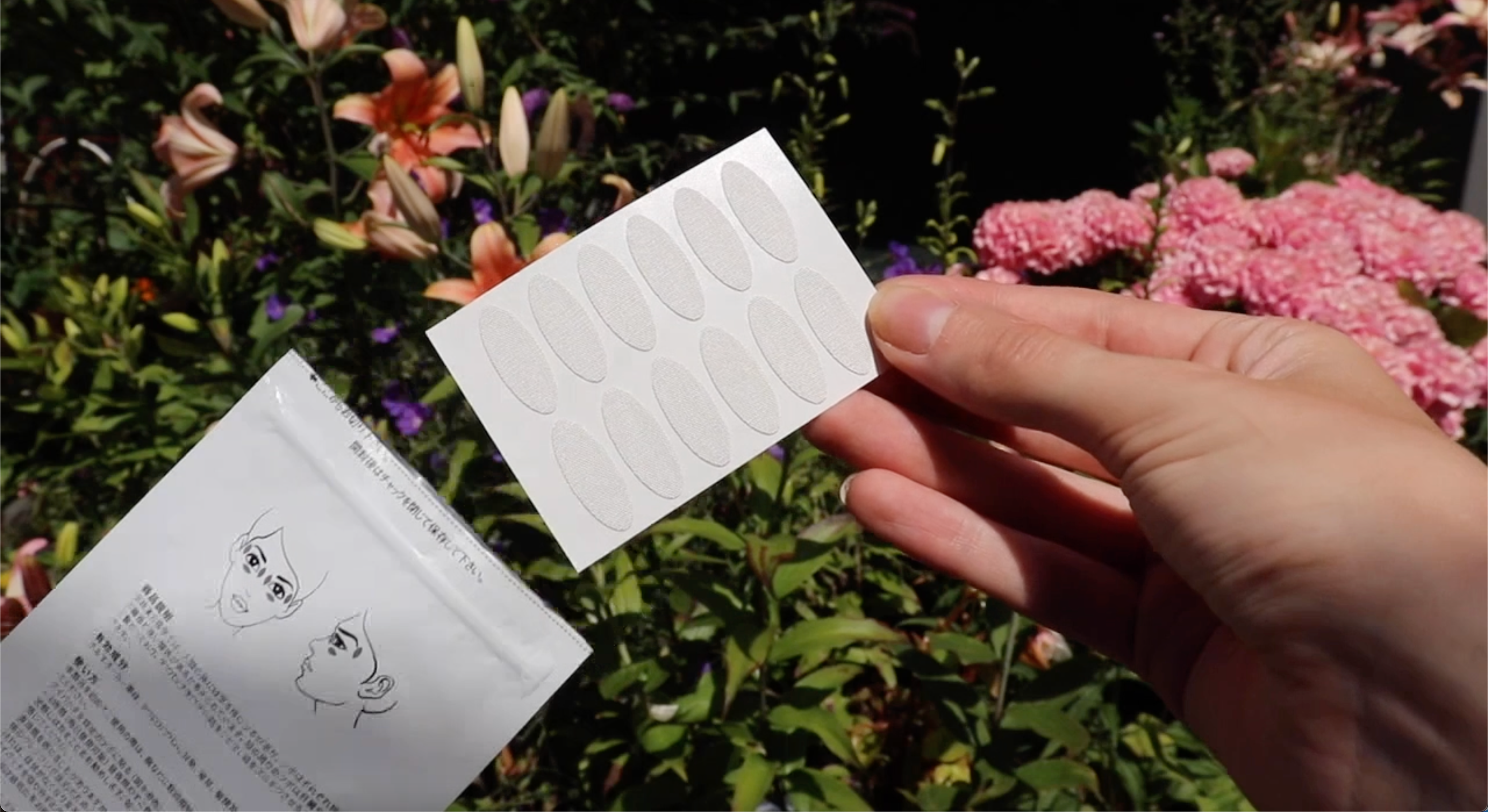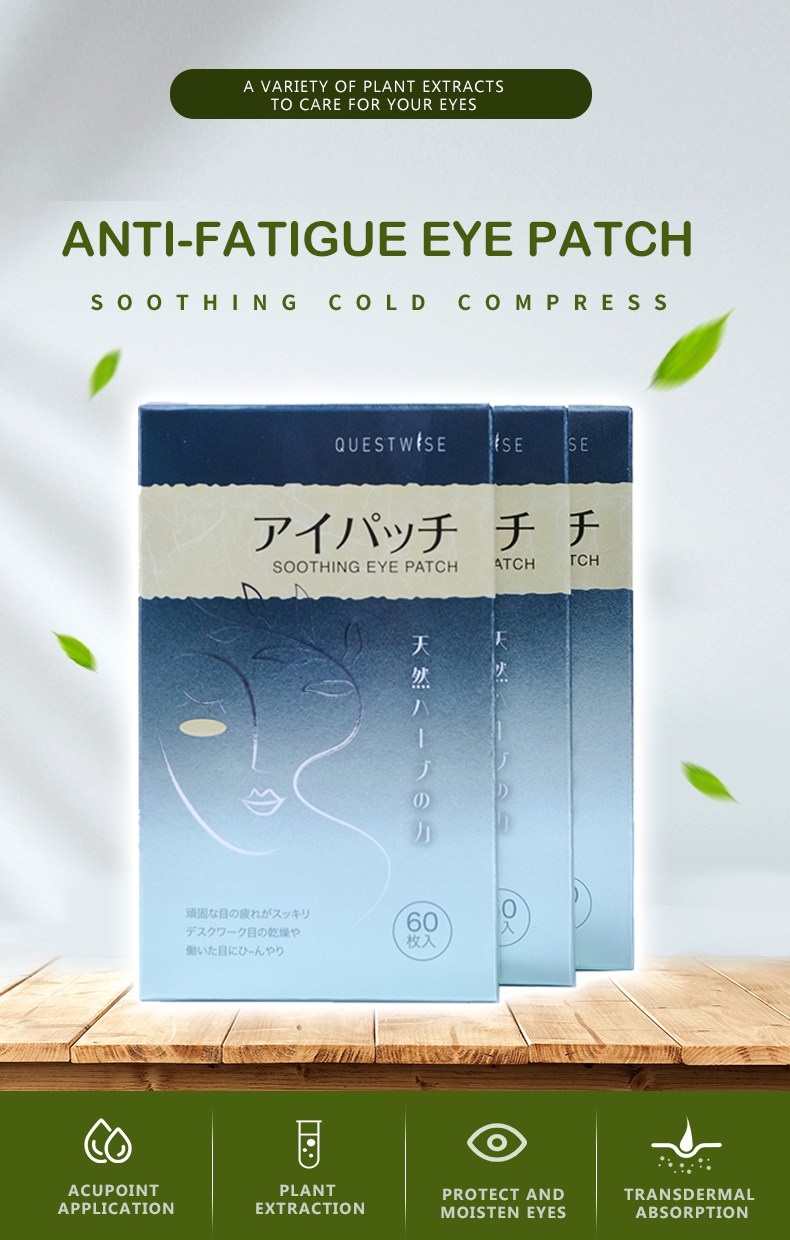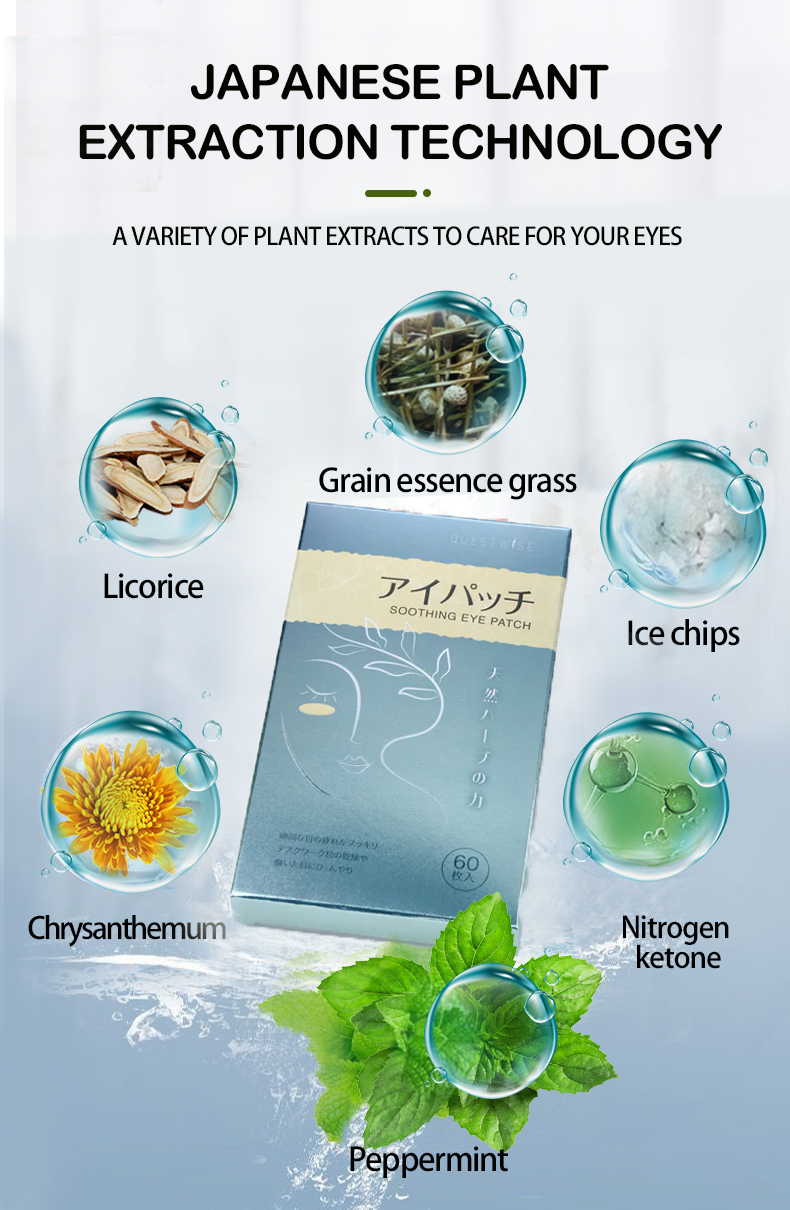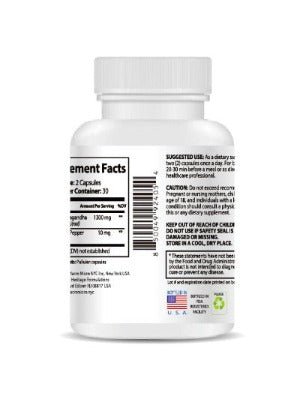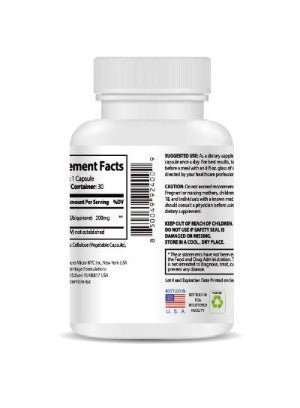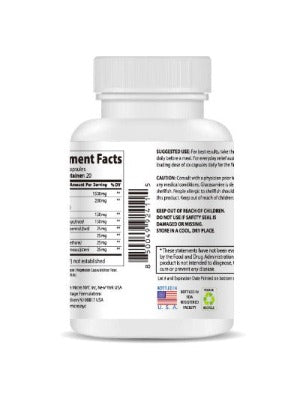Embarking on the Journey to Clearer Vision: Your Cataract Surgery Recovery Explained
Cataract surgery represents a significant milestone in regaining sharp, vibrant vision, a procedure that millions undergo annually. As we advance into 2025, the techniques and post-operative care surrounding cataract surgery continue to evolve, aiming for quicker, more comfortable recoveries. This revolutionary procedure effectively removes the clouded natural lens of the eye and replaces it with a clear, artificial intraocular lens (IOL), dramatically enhancing visual function. While the surgery itself is a marvel of modern medicine, understanding the recovery process is key to achieving the best possible visual outcome. This comprehensive guide offers a day-by-day timeline, detailing what you can anticipate during your recovery period. It is vital to remember that each individual's healing journey is unique, and it is paramount to strictly adhere to the specific post-operative instructions provided by your ophthalmologist. Following these guidelines precisely will help ensure a smooth and successful recovery, minimizing discomfort and maximizing the benefits of your new vision.
Day 1 Post-Op: The Crucial First 24 Hours of Healing
The immediate aftermath of your cataract surgery is dedicated to rest and the initial stages of healing. You might experience mild discomfort, a sensation of watering eyes, or a feeling of pressure in the operated eye. This is entirely normal as your eye begins to adjust to the surgical intervention and the presence of the new IOL. It is common for vision to appear blurry, hazy, or distorted as your eye adapts. Colors may seem unusually bright or muted, and you might notice a slight glare or halo effect around lights. Protecting your eye is the top priority; you will likely be given a protective shield or patch to wear, especially during sleep, to prevent any accidental rubbing or pressure that could impede the healing process. Your surgeon will prescribe specific eye drops, typically an antibiotic and an anti-inflammatory steroid, to combat potential infection and manage inflammation. Prioritizing rest today will significantly aid in the initial healing process. It is advisable to avoid reading, watching television for extended periods, or engaging in any activity that requires intense visual focus. Gentle movements and staying hydrated are recommended. You will likely have a follow-up appointment with your surgeon within 24 hours to assess the initial recovery and ensure everything is proceeding as expected.
Days 2-7: Settling In – The First Week of Healing and Vision Improvement
As you move through the first week, a noticeable improvement in your vision should begin to emerge. The initial blurriness will start to dissipate, and you may observe that colors appear more vivid and the world seems brighter and sharper. This is a positive indication that your eye is healing well. Diligent and accurate use of your prescribed eye drops remains critical throughout this period. These drops are essential for preventing infection and controlling inflammation, which are key factors in achieving optimal visual outcomes. For instance, using your antibiotic drops precisely on schedule helps keep your eye safe from bacteria, while the steroid drops reduce swelling that could otherwise cloud your vision. It is advisable to avoid strenuous activities, heavy lifting (anything over 10 pounds), and bending over from the waist, as these actions can inadvertently increase intraocular pressure and potentially disrupt the healing tissues. You might still encounter some residual redness, mild irritation, or a gritty feeling in your eye, akin to having a foreign object present. This is a common sensation that typically subsides as healing progresses. Maintaining cleanliness and dryness of the operated eye is essential; avoid touching or rubbing your eye, and refrain from activities like swimming or using hot tubs until cleared by your doctor. For individuals who spend considerable time engaging with digital screens or find their eyes feeling fatigued after surgery, incorporating supportive measures can enhance comfort. The Wise Quest Soothing Eye Patches - 3-Month Wellness Pack offers a thoughtful approach to managing chronic dryness and eye strain, which can be particularly helpful as your eyes adjust. These non-toxic patches are crafted using nature's finest ingredients and are made in Japan, providing a safe, long-term solution for screen users seeking to maintain optimal eye health. Investing in your eye wellness with this 3-month pack can complement your post-operative care by offering soothing relief. 
Weeks 2-4: Embracing Clarity – Vision Stabilization and Activity Resumption
By the second week following your cataract surgery, the majority of patients report a substantial enhancement in their visual acuity. The world should appear significantly clearer, and your dependence on corrective lenses (if any were used pre-surgery) may have decreased dramatically. Your eye should feel considerably more comfortable, and the persistent redness typically begins to fade significantly, with most of the redness usually gone by the end of this period. You will likely be able to resume most of your regular daily routines, including driving, reading, and engaging in light household chores. However, your surgeon might still advise prudence regarding high-impact exercises, activities that involve excessive head movement, or sports that could pose a risk to your eye, such as boxing or wrestling. Continue to administer your eye drops precisely as prescribed, ensuring you complete the full course recommended by your doctor, as this is crucial for sustained healing and preventing complications. Make sure to attend all scheduled follow-up appointments with your eye care professional; these appointments are vital for monitoring your progress and making any necessary adjustments to your treatment plan. During this phase, your vision will progressively sharpen and stabilize, allowing you to fully appreciate the transformative results of your cataract surgery. Colors will be perceived with greater intensity, and fine details will become more discernible.
Weeks 4-12: The Finalizing Stages of Recovery and Long-Term Eye Health
As you move into the period between four weeks and three months post-surgery, your eye continues its final stages of healing and adaptation. The acute recovery phase is largely behind you, and your vision should be remarkably stable and significantly improved compared to your pre-operative state. Most residual irritation or dryness should have resolved. You will likely be able to return to all normal activities, including exercise and sports, unless specifically advised otherwise by your surgeon due to unique circumstances. While your vision should be clear, some minor fluctuations might still occur, especially as your brain continues to adapt to processing the new visual information. It is during this phase that you will likely receive your final prescription for glasses, if needed, to fine-tune your vision for specific tasks like reading or driving, depending on the type of IOL implanted. Nonetheless, cultivating diligent long-term eye care practices is essential. This encompasses attending regular comprehensive eye examinations as recommended by your ophthalmologist, even after you feel your vision has fully stabilized. Protecting your eyes from harmful UV radiation by wearing appropriate sunglasses outdoors is crucial to prevent future eye damage. Additionally, proactively managing any pre-existing or developing eye conditions, such as glaucoma or age-related macular degeneration, is vital for maintaining overall ocular health. Integrating wellness practices that support sustained eye health, such as the continued use of the Wise Quest Soothing Eye Patches - 3-Month Wellness Pack, can be highly beneficial for ongoing comfort. This pack, designed for extended comfort and strain reduction, particularly for individuals frequently utilizing digital devices or experiencing dry eyes, offers a reliable, long-term solution. Its formulation with nature's finest ingredients, made in Japan, ensures a safe and effective approach to maintaining eye comfort and vitality between regular check-ups and as a part of your daily eye care regimen.
Beyond 3 Months: Living with Clear Vision and Ongoing Ocular Wellness
Successfully navigating the first three months post-cataract surgery means you are well on your way to enjoying the full benefits of improved vision. Your eye should feel completely normal, and your vision should be consistently clear and stable. This is the time to fully embrace your enhanced sight and resume all activities with confidence. However, the journey of eye health extends beyond the initial recovery period. Regular eye check-ups are crucial throughout your life. These examinations allow your eye doctor to monitor your vision, check the health of your IOL, and screen for any age-related eye conditions that may develop over time. Practicing good eye hygiene, maintaining a healthy diet rich in nutrients beneficial for eye health (like omega-3 fatty acids, vitamins A, C, and E, and lutein), and protecting your eyes from environmental damage (sun, smoke, etc.) are all key components of lifelong ocular wellness. Continuing with supportive care, such as the Wise Quest Soothing Eye Patches - 3-Month Wellness Pack, can be an excellent strategy for maintaining comfort and providing a soothing experience for your eyes, especially if you are a frequent user of electronic devices. These patches, crafted with natural ingredients and produced in Japan, are a safe and effective way to address dryness and strain, contributing to the overall well-being of your eyes long after the initial surgery.
Recognizing Potential Complications: When to Seek Immediate Medical Attention
While cataract surgery is exceptionally safe, like any surgical procedure, there are potential risks and complications, though they are rare. It is imperative to be aware of potential warning signs and to seek professional medical advice promptly if any arise. Contact your ophthalmologist immediately if you experience any of the following symptoms, as they could indicate a serious issue requiring urgent attention:
- Sudden and Significant Decrease in Vision Clarity: If your vision suddenly becomes much blurrier or significantly worse than it was the day before, it warrants immediate medical evaluation.
- Severe or Persistent Eye Pain: While mild discomfort is normal, severe, throbbing, or unrelenting pain that is not relieved by prescribed pain medication or eye drops is a cause for concern.
- Increased Redness, Swelling, or Discharge: A noticeable increase in redness, significant swelling around the eye, or the presence of thick, colored discharge from the eye could signal an infection.
- New Flashes of Light or Increased Floaters: The sudden onset of numerous new flashes of light (photopsia) or a dramatic increase in the number of floaters (specks or shapes drifting in your field of vision) can sometimes be indicative of retinal detachment, a serious condition.
- A "Curtain" or "Veil" Descending Over Vision: If you perceive a dark shadow or a curtain-like area that obstructs part of your vision, it could be a sign of a retinal issue.
- Worsening Swelling or Light Sensitivity: If you experience increasing swelling in or around the eye, or a marked increase in sensitivity to light beyond what was initially present.
By thoroughly understanding this detailed day-by-day recovery timeline and diligently following your surgeon's comprehensive post-operative care instructions, you are well-positioned for a successful recovery. Early detection and prompt intervention are key to managing any potential complications. Embracing this journey with knowledge, patience, and consistent care will help ensure you achieve the best possible outcome – the return of clear, crisp, and vibrant vision, allowing you to fully enjoy life in 2025 and beyond.




